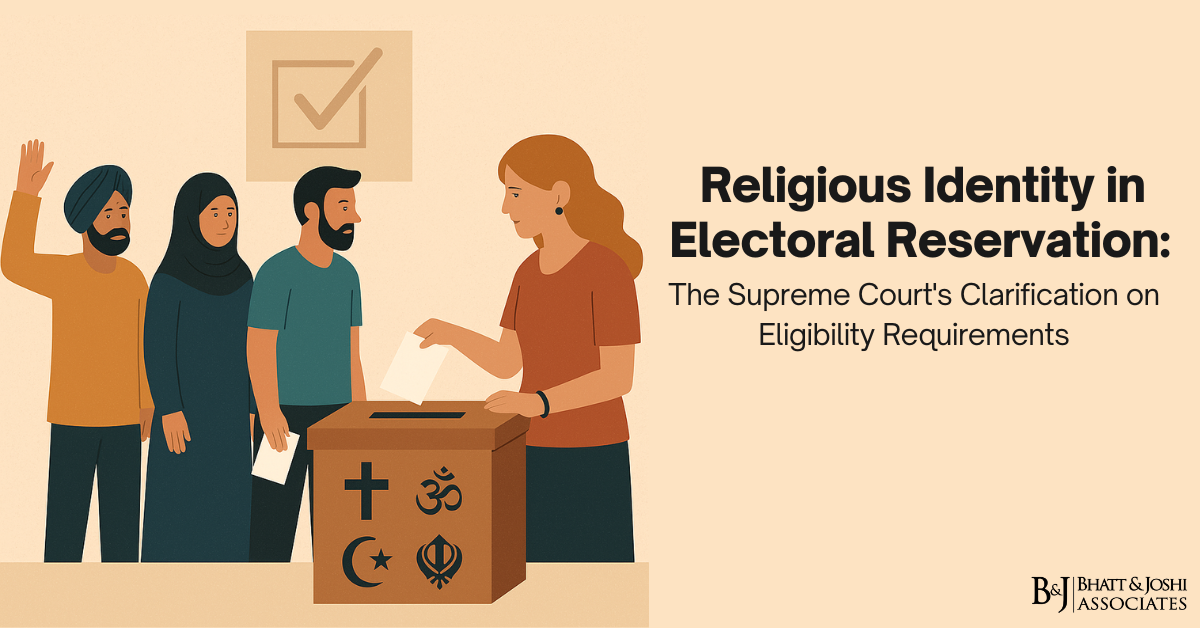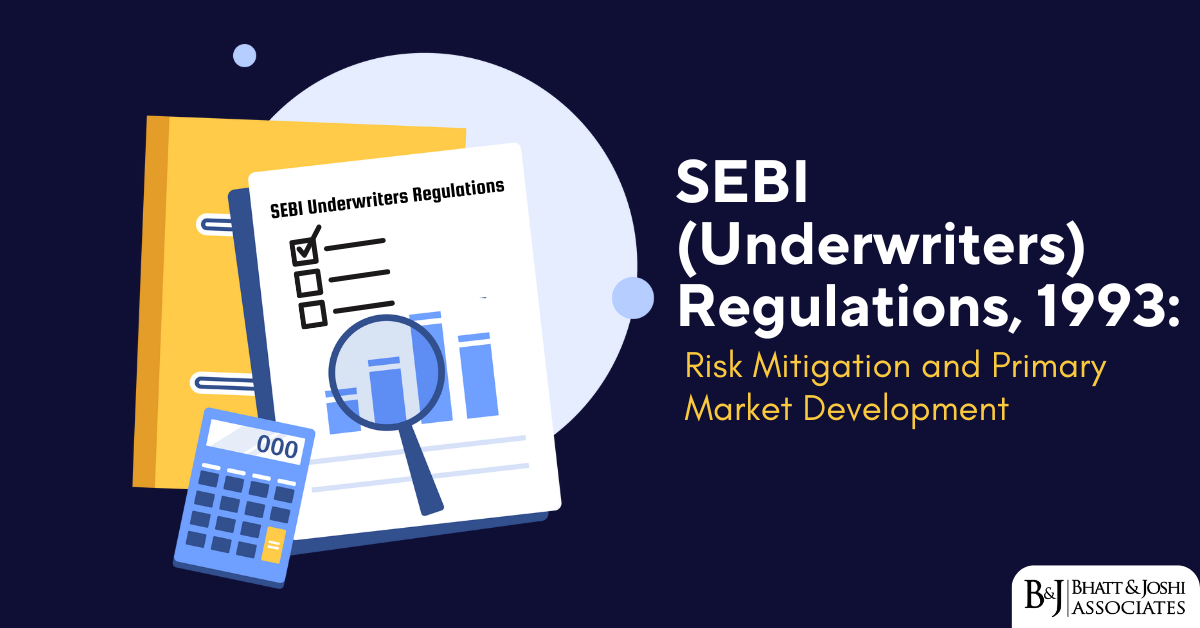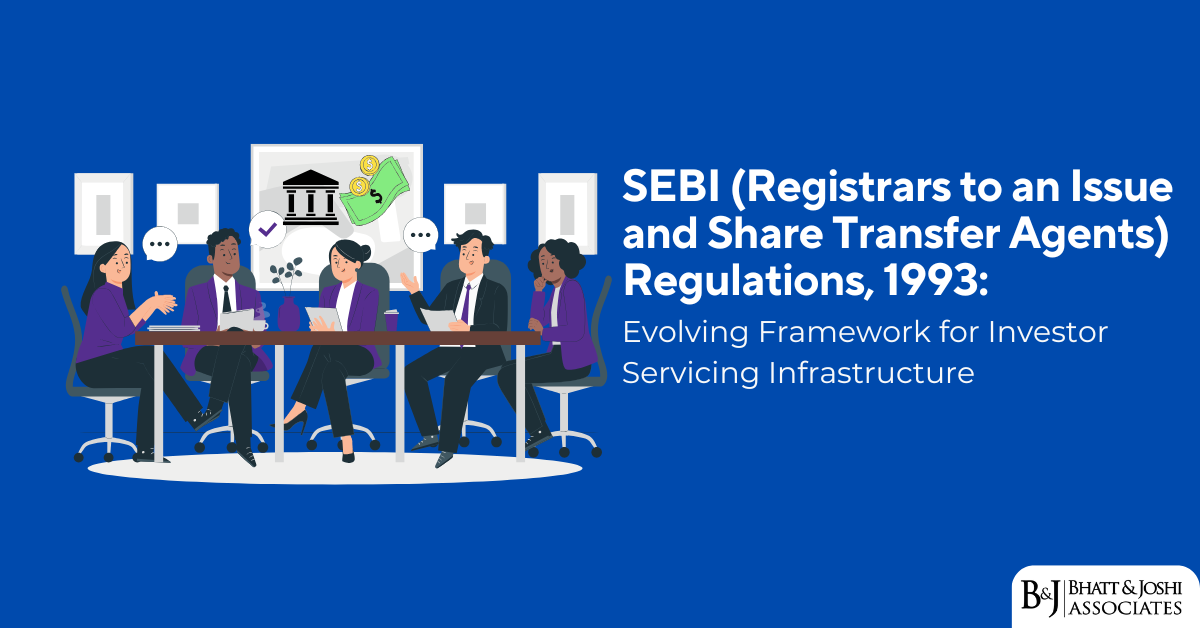I. Introduction
On May 7, 2025, the Supreme Court of India delivered a significant judgment clarifying the legal standards for determining religious identity in electoral reservation. The Court upheld the election of A. Raja, a Member of the Legislative Assembly (MLA) elected from a constituency reserved for Scheduled Castes (SCs), ruling that “merely performing religious rituals does not prove a person professes that religion.” This decision addresses a fundamental question at the intersection of electoral law, constitutional provisions for representation of marginalized communities, and religious identity—how should courts evaluate claims that a candidate elected from a reserved constituency has abandoned the religious identity that forms part of their scheduled caste status? The judgment provides important guidance on the evidentiary standards required to disqualify an elected representative on grounds of religious conversion and establishes a crucial distinction between religious practice and religious profession. This article examines the legal reasoning of this landmark decision, analyzes its implications for electoral law and practice—particularly concerning religious identity in electoral reservation—and evaluates its broader significance for understanding the complex relationship between caste, religion, and political representation in contemporary India.
II. Constitutional and Statutory Framework for Reserved Constituencies
A. Constitutional Provisions on Electoral Reservations
The Indian Constitution establishes a comprehensive framework for political representation of historically marginalized communities, particularly Scheduled Castes (SCs) and Scheduled Tribes (STs). Article 330 provides for reservation of seats for SCs and STs in the House of the People (Lok Sabha), while Article 332 extends similar reservations to Legislative Assemblies of states. These provisions operationalize the constitutional commitment to social justice by ensuring representation of communities that have faced centuries of discrimination and exclusion.
The Constitution’s approach to reservations reflects the tension between recognizing historically marginalized communities and working toward a future where such recognition becomes unnecessary. Article 334, as amended, extends these political reservations until January 25, 2030, acknowledging that adequate representation has not yet been achieved despite decades of constitutional protection. This temporary nature underscores the constitutional vision of reservations as a transitional mechanism rather than a permanent feature of Indian democracy.
B. The Representation of the People Act
The Representation of the People Act, 1951, provides the statutory framework for elections in India and includes specific provisions regarding reserved constituencies. Section 33(2) requires candidates contesting from reserved constituencies to submit a declaration confirming their membership in the relevant Scheduled Caste or Scheduled Tribe. Section 100(1)(d) establishes that an election can be declared void if a candidate was not qualified or was disqualified at the time of election.
The Act also provides procedural mechanisms for challenging elections. Under Section 81, any candidate or elector from the constituency can file an election petition challenging the election of a candidate on various grounds, including ineligibility due to not belonging to the required Scheduled Caste. These provisions establish both substantive requirements for candidates and procedural safeguards to ensure compliance with reservation policies.
C. Scheduled Castes and Scheduled Tribes Orders
Presidential Orders issued under Articles 341 and 342 of the Constitution specify which communities qualify as Scheduled Castes and Scheduled Tribes, respectively. Critically, the Constitution (Scheduled Castes) Order, 1950, in Paragraph 3, originally specified that “no person who professes a religion different from Hinduism shall be deemed to be a member of a Scheduled Caste.” This provision was subsequently amended to include Sikhs (1956) and Buddhists (1990) within its ambit, allowing members of these religions to claim SC status.
However, the Order continues to exclude those professing Christianity or Islam from Scheduled Caste status, based on the historical understanding that caste discrimination was primarily associated with Hindu religious practices and their derivatives. This religious limitation has been controversial, with critics arguing it infringes on religious freedom by effectively penalizing conversion to certain religions with the loss of constitutional protections and benefits.
III. Factual Background of the A. Raja Case
A. Electoral Challenge and Allegations
The case originated from an election petition filed by a defeated candidate challenging the election of A. Raja from a constituency reserved for Scheduled Castes in Tamil Nadu. The petitioner alleged that Raja, though born into a Hindu Scheduled Caste community, had converted to another religion and therefore was ineligible to contest from a reserved constituency under the Constitution (Scheduled Castes) Order, 1950.
The petition claimed that Raja had been regularly attending worship services at a local church, had participated in Christian religious ceremonies, and had made public statements suggesting adherence to Christian beliefs. According to the petitioner, these actions demonstrated that Raja had “professed a religion different from Hinduism” within the meaning of the Presidential Order, rendering him ineligible to claim Scheduled Caste status for electoral purposes.
B. Evidence of Religious Practices
During trial court proceedings, the petitioner presented evidence including photographs of Raja attending church services, testimonies from local residents who had observed him participating in Christian religious activities, and video recordings of Raja at Christmas and Easter celebrations. Additionally, the petitioner submitted social media posts in which Raja had apparently shared Christian religious content and expressed appreciation for Christian teachings.
Raja’s defense acknowledged his attendance at various religious events but characterized this as reflecting religious tolerance rather than conversion. He presented evidence of continued participation in Hindu religious practices associated with his Scheduled Caste community, including attendance at temple festivals and observance of community rituals. Raja also submitted an affidavit stating he had never formally converted to Christianity through baptism or any other ceremony and continued to identify as a member of his birth Scheduled Caste community.
C. Procedural History
The trial court initially ruled in favor of the petitioner, finding that Raja’s regular participation in Christian religious activities constituted “professing” a non-Hindu religion for purposes of the Presidential Order. This decision was overturned by the High Court, which adopted a narrower interpretation of what constitutes “professing” a religion, focusing on formal conversion rather than mere participation in religious activities.
The matter ultimately reached the Supreme Court, which granted special leave to appeal given the significant constitutional questions involved regarding the interpretation of Presidential Orders on Scheduled Castes and the intersection of religious freedom with affirmative action policies.
IV. The Supreme Court’s Judgment: Clarifying Religious Identity and Electoral Eligibility
A. Key Legal Findings
In its May 7, 2025 judgment, the Supreme Court upheld the election of A. Raja, establishing several key legal principles. First, the Court held that “merely performing religious rituals does not prove a person professes that religion” for purposes of determining Scheduled Caste status under the Constitution (Scheduled Castes) Order, 1950. Second, the Court clarified that “professing” a religion requires a formal, explicit act of acceptance or declaration rather than simply participating in religious activities. Third, the judgment established that the burden of proof in such cases lies with the petitioner challenging the election, requiring clear and convincing evidence of formal religious conversion.
The Court also addressed the broader constitutional context, noting that both the right to religious freedom under Article 25 and the protections for Scheduled Castes must be harmoniously interpreted. The judgment emphasized that restrictive interpretations of religious identity could potentially infringe on the fundamental right to freedom of religion by discouraging individuals from exploring different religious practices for fear of losing constitutional protections tied to their community identity.
B. Judicial Reasoning on Religious Identity
The Court’s reasoning centered on the distinction between religious practice and religious profession. Justice Chandrachud, writing for the majority, observed: “Participation in religious activities, even regular attendance at services or ceremonies, falls short of ‘professing’ a religion for constitutional and statutory purposes. Professing a religion involves a formal, explicit declaration or act of acceptance that unambiguously establishes one’s religious identity.”
The judgment emphasized the need for clear evidence of conversion rather than mere inference from religious activities. The Court noted that in a pluralistic society like India, individuals often participate in religious practices across traditions without formally converting or abandoning their birth religion. This recognition of religious fluidity and syncretism reflected a nuanced understanding of how religious identity operates in the Indian context, particularly for marginalized communities whose religious practices often incorporate elements from multiple traditions.
Additionally, the Court addressed the historical and social context of the Presidential Order’s religious limitation. The judgment acknowledged that the exclusion of certain religions from Scheduled Caste status was based on the historical understanding that caste discrimination was primarily associated with Hindu religious structures. However, the Court noted that interpretations of this exclusion should not be expanded beyond its intended scope, particularly given the fundamental right to religious freedom guaranteed by the Constitution.
C. Distinguishing Religious Practice from Religious Identity
A central contribution of the judgment was its careful delineation between religious practice and religious identity. The Court recognized that individuals might participate in multiple religious traditions without formally converting or abandoning their birth religion. This distinction is particularly relevant in the Indian context, where religious boundaries are often fluid and many individuals participate in rituals and practices across religious traditions.
The judgment noted that conversion, for purposes of the Presidential Order, must involve a “conscious decision to abandon one religious identity and adopt another, typically marked by formal ceremonies or declarations.” The Court emphasized that this approach aligns with both legal precedent and sociological understanding of religious conversion as a definitive change in religious affiliation rather than mere appreciation of or participation in different religious traditions.
This distinction provides important guidance for future cases, establishing that evidence of religious practice alone is insufficient to prove conversion. Instead, courts must look for definitive evidence such as formal conversion ceremonies, official documentation of religious change, or explicit declarations abandoning previous religious identity.
V. Legal Analysis of the Judgment: Interpreting Religious Identity in Electoral Reservation
A. Evidentiary Standards for Determining Religious Identity
The judgment significantly clarifies the evidentiary standards for determining religious identity in electoral reservation and related electoral challenges. By requiring clear evidence of formal conversion rather than inferring religious identity from participation in religious activities, the Court establishes a high threshold for disqualifying elected representatives from reserved constituencies on religious grounds.
This evidentiary standard serves several important legal purposes. First, it provides predictability and certainty for candidates from reserved constituencies, ensuring they will not be disqualified based on ambiguous or contested evidence of religious practice. Second, it aligns with the presumption of validity that generally applies to elections, requiring compelling evidence to overturn electoral results. Third, it recognizes the complexity of religious identity in India’s pluralistic society, avoiding overly simplistic determinations based on selective evidence of religious activities.
The Court also addressed the burden of proof, placing it squarely on the petitioner challenging the election. This allocation reflects the general principle that the party alleging a fact bears the burden of proving it, particularly when that allegation seeks to invalidate an election already conducted according to constitutional and statutory procedures.
B. Constitutional Interpretation and Legislative Intent
The Court’s interpretation reflects a sophisticated understanding of the constitutional framework and legislative intent behind reservation provisions. The judgment recognizes that the primary purpose of reservations for Scheduled Castes is to address historical discrimination and ensure adequate representation of marginalized communities in democratic institutions.
By interpreting “professing a religion” to require formal conversion rather than mere religious practice, the Court aligns its approach with this remedial purpose. The judgment acknowledges that overly restrictive interpretations could undermine the constitutional objective of ensuring representation by disqualifying candidates based on religious exploration rather than genuine abandonment of community identity.
The Court also engages with the legislative history of the Presidential Order, noting that the religious limitation was designed to align Scheduled Caste status with communities historically subject to caste discrimination within Hindu religious structures (later extended to Sikhism and Buddhism). The judgment recognizes this historical context while avoiding expansive interpretations that would impose additional restrictions beyond those explicitly contemplated by the framers of the Order.
C. Balancing Electoral Integrity with Religious Freedom
Perhaps most significantly, the judgment carefully balances concerns about electoral integrity with respect for religious freedom. The Court recognizes the legitimate state interest in ensuring that reserved constituencies are represented by genuine members of the communities for whom reservations were created. However, it also acknowledges that overly restrictive interpretations of religious identity could effectively penalize religious exploration and syncretism, potentially infringing on the fundamental right to religious freedom guaranteed by Article 25.
This balancing approach exemplifies constitutional interpretation that harmonizes potentially competing rights and interests rather than subordinating one to another. The Court effectively navigates between ensuring the integrity of reservation systems and respecting individual religious autonomy, establishing principles that protect both values rather than sacrificing either.
The judgment also reflects a nuanced understanding of how religious identity in electoral reservation operates in practice, recognizing that individuals may participate in multiple religious traditions without formally abandoning their birth religion. This sociological insight informs the legal analysis, resulting in standards that reflect the lived reality of religious practice in India rather than imposing artificial distinctions that fail to capture this complexity.
VI. Religious Identity in Electoral Reservation: Legal Impacts
A. Impact on Future Election Challenges
The Supreme Court’s judgment establishes a clear precedent for future election challenges based on religious conversion allegations. By requiring evidence of formal conversion rather than mere religious practice, the Court has significantly raised the threshold for disqualifying candidates elected from reserved constituencies on religious grounds.
This higher evidentiary standard will likely reduce frivolous challenges based on selective evidence of religious activities, providing greater electoral security for candidates from Scheduled Caste communities. Petitioners will need to present compelling evidence of formal conversion—such as baptism certificates, official documentation of religious change, or explicit declarations abandoning previous religious identity—rather than merely showing participation in religious activities associated with another faith.
At the same time, the judgment preserves the possibility of legitimate challenges where clear evidence of conversion exists. The Court has not eliminated this ground for disqualification but has clarified the standards required to establish it, striking a balance between electoral security and ensuring that reserved constituencies are represented by genuine members of the communities for whom they were created.
B. Guidance for Election Authorities
The judgment provides valuable guidance for election authorities responsible for validating nominations from reserved constituencies. Election officers often serve as the first line of scrutiny for candidate eligibility, reviewing declarations of Scheduled Caste status submitted under Section 33(2) of the Representation of the People Act.
Following this judgment, election authorities should apply the same evidentiary standards articulated by the Court, focusing on formal conversion rather than religious practice when evaluating objections to candidate eligibility. This approach promotes consistency between administrative determinations during the nomination process and subsequent judicial review, reducing uncertainty for candidates and political parties.
Additionally, the judgment suggests that election authorities should err on the side of allowing candidacies when evidence of religious conversion is ambiguous or contested, leaving definitive determinations to judicial proceedings with more robust evidentiary processes. This presumption in favor of candidacy aligns with democratic principles favoring inclusive participation in electoral processes.
C. Consequences for Candidates from Reserved Constituencies
For candidates from Scheduled Caste communities, the judgment provides important reassurance regarding religious freedom and electoral eligibility. Candidates can participate in various religious activities without fear that such participation alone would jeopardize their eligibility to contest from reserved constituencies.
This protection is particularly significant for individuals navigating complex religious identities, including those who maintain connections to their birth traditions while exploring other faiths. The judgment recognizes this complexity rather than imposing artificial choices between religious exploration and political rights, acknowledging that many individuals in India’s pluralistic society engage with multiple religious traditions simultaneously.
However, the judgment also maintains important boundaries, clarifying that formal conversion that explicitly abandons Scheduled Caste identity could still affect eligibility. This balance preserves the integrity of the reservation system while providing reasonable religious freedom for candidates and elected representatives from Scheduled Caste communities.
VII. Broader Social and Political Implications
A. Intersection of Caste, Religion, and Political Representation
The judgment engages with the complex intersection of caste, religion, and political representation in contemporary India. By distinguishing between religious practice and religious profession, the Court acknowledges that caste identity encompasses social, economic, and historical dimensions beyond religious affiliation alone.
This nuanced understanding reflects sociological insights about caste as a complex social institution that persists across religious boundaries. While the Presidential Order links Scheduled Caste status to specific religions based on historical patterns of discrimination, the Court’s interpretation recognizes that individual religious practice may be more fluid than these categorical distinctions suggest.
The judgment also implicitly acknowledges ongoing debates about whether caste discrimination transcends religious boundaries. While maintaining the existing legal framework that links Scheduled Caste status to specific religions, the Court’s flexible approach to determining religious identity creates space for recognizing the continuing social reality of caste regardless of religious practice.
B. Implications for Religious Conversion and Political Rights
More broadly, the judgment addresses the tension between religious freedom and access to affirmative action benefits, including political reservations. This tension has long been a contentious issue in Indian politics, with concerns that linking Scheduled Caste status to specific religions effectively penalizes conversion to excluded religions by removing constitutional protections and benefits.
The Court’s nuanced approach partially mitigates this tension by focusing on formal conversion rather than religious practice. This distinction allows individuals from Scheduled Caste communities to explore different religious traditions without automatically sacrificing political rights associated with their community identity, provided they have not formally converted through explicit ceremonies or declarations.
However, the judgment does not fundamentally challenge the constitutional and statutory framework that links Scheduled Caste status to religious identity. The Court interprets existing provisions rather than questioning their constitutional validity, leaving broader questions about the relationship between religious freedom and affirmative action for future consideration.
C. Comparative Perspectives from Other Democracies
The challenge of balancing group-based political representation with individual rights and identities is not unique to India. Other diverse democracies have grappled with similar questions, often developing different approaches based on their particular historical and social contexts.
In the United States, for instance, race-based redistricting to enhance minority representation has faced constitutional challenges based on individual rights perspectives. The U.S. Supreme Court has struggled to balance these competing values, generally allowing consideration of race in district drawing while imposing limits on how explicitly it can determine electoral boundaries.
Similarly, reserved seats for indigenous peoples in countries like New Zealand (Māori seats) and Colombia raise questions about who qualifies for these protections and how identity is determined for electoral purposes. These comparative examples highlight the universal challenge of implementing group-based representative mechanisms in legal systems that also protect individual rights.
The Indian Supreme Court’s approach in this case—focusing on clear evidence of identity change while allowing individual religious exploration—represents a distinctive contribution to addressing this challenge, reflecting India’s particular constitutional values and social realities.
VIII. Conclusion
The Supreme Court’s May 7, 2025 judgment in the A. Raja case establishes important principles at the intersection of electoral law, religious freedom, and affirmative action policy. By distinguishing between religious practice and religious profession, the Court provides a nuanced framework for determining eligibility for reserved constituencies that respects both the integrity of the reservation system and individual religious autonomy, thereby clarifying the role of religious identity in electoral reservation.
The judgment’s clarification that “merely performing religious rituals does not prove a person professes that religion” establishes a high evidentiary threshold for disqualifying elected representatives from reserved constituencies on religious grounds. This standard provides important protection for candidates and representatives from Scheduled Caste communities, allowing them to participate in diverse religious activities without jeopardizing their electoral eligibility.
At the same time, the judgment maintains the basic constitutional and statutory framework linking Scheduled Caste status to specific religions for purposes of political reservations. The Court interprets existing provisions rather than fundamentally challenging them, establishing principles for application within the current legal structure rather than reconstructing that structure.
Looking forward, the judgment provides valuable guidance for election authorities, courts, candidates, and political parties navigating the complex relationship between religious identity in electoral reservation and electoral eligibility. Its nuanced approach reflects the reality of religious practice in India’s pluralistic society while maintaining necessary boundaries to preserve the integrity of constitutional reservations designed to ensure representation of historically marginalized communities.
As India continues to navigate the tensions between group-based protections and individual rights, between historical remediation and contemporary religious freedom, this judgment offers a thoughtful contribution to addressing these enduring challenges within a constitutional democratic framework.
IX. References
- Constitution of India, Articles 330, 332, 334, 341, and 342.
- Representation of the People Act, 1951, Sections 33(2), 81, and 100(1)(d).
- Constitution (Scheduled Castes) Order, 1950, Paragraph 3.
- LawStreet Journal, “Supreme Court Rules on Religious Identity and Electoral Reservation,” May 7, 2025.
- Galanter, M. (1984). Competing Equalities: Law and the Backward Classes in India. Oxford University Press.
- S. Anbalagan v. B. Devarajan, (1984) 2 SCC 112.
- Soosai v. Union of India, (1985) 3 SCC 88.
- Jenkins, L.D. (2003). Identity and Identification in India: Defining the Disadvantaged. Routledge.
- Dirks, N.B. (2001). Castes of Mind: Colonialism and the Making of Modern India. Princeton University Press.














